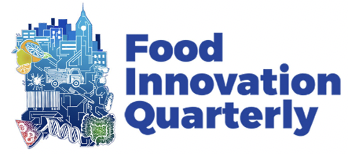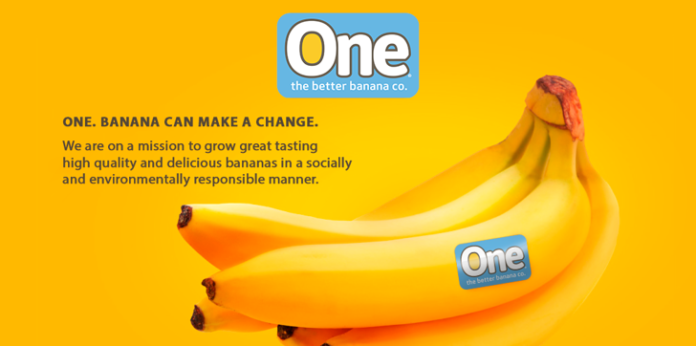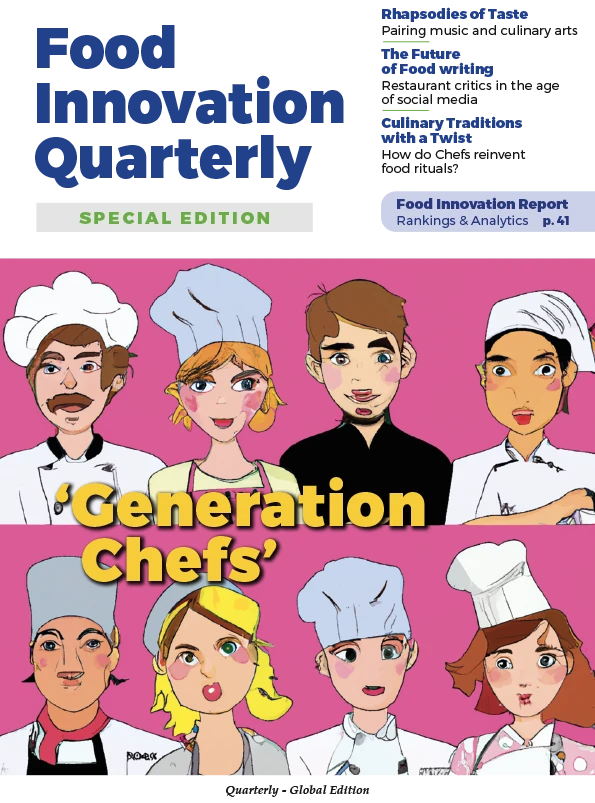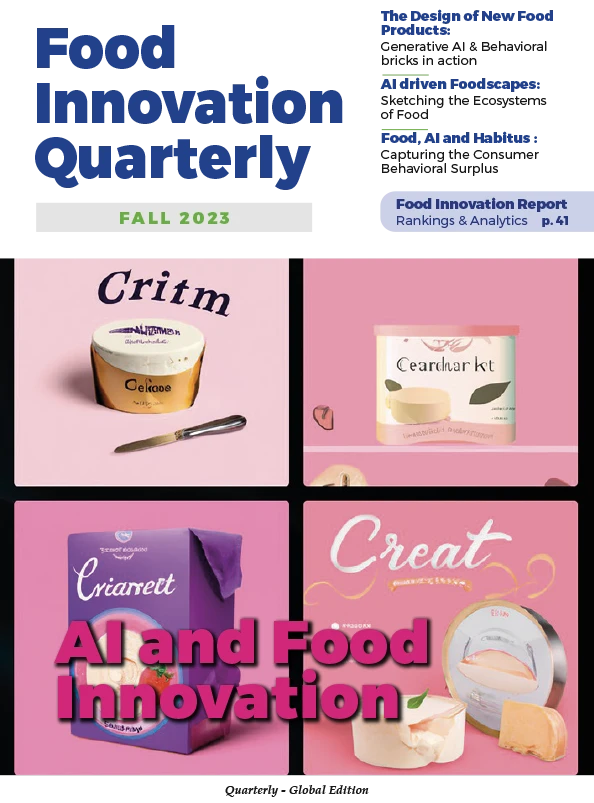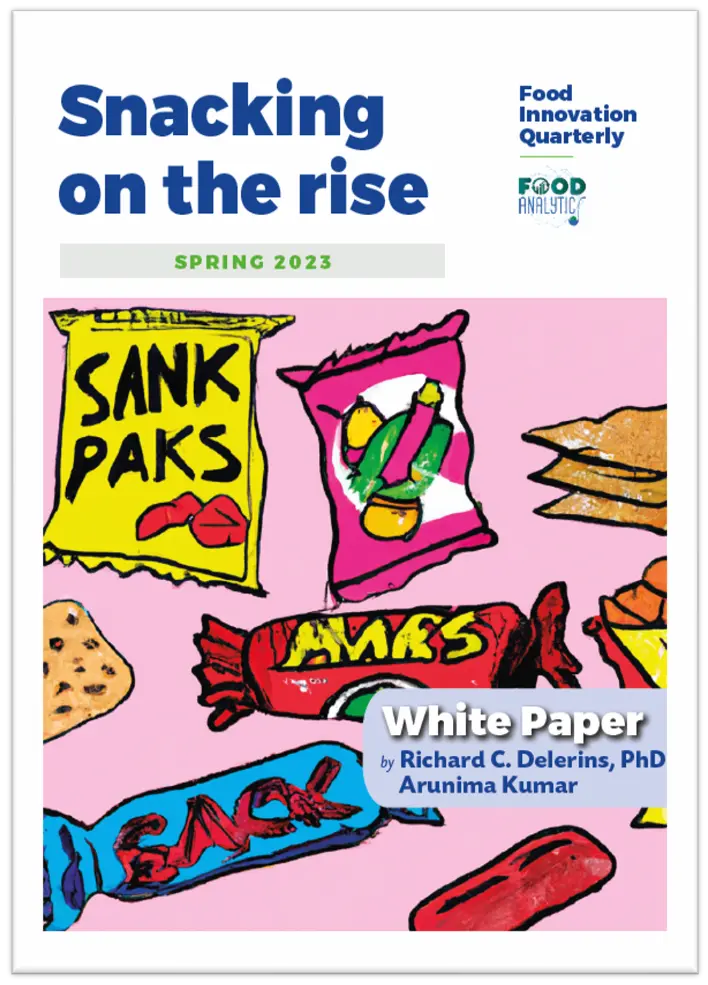While construction of pure homogeneity between commodities, including agricultural ones, is at the heart of the process of commoditization, decommoditization is all about removing the banality from these products. It means presenting fresh products not just as a commodity with no measurable differences between one another, but as a special, unique item which incorporates product valorisation, provenance, distinct taste and sustainability.
For a long time, considered merely raw materials, cereals, fruits, vegetables and other agricultural products are now reclaiming their position at the centre of the narrative. These dynamics are a part of a wider process which consists of enhancing this raw material, communicating on its properties (geographic, social, genetic, organoleptic, environmental, ethical, etc.) and presenting it as the central selling point.

The Drivers of Decommoditization
The rationale behind decommoditization is strongly linked to top-priority issues such as sustainability and subsistence. With the liberalization of trade markets, food was commoditized to a money metric like any other commodity that is traded and sold for profits.
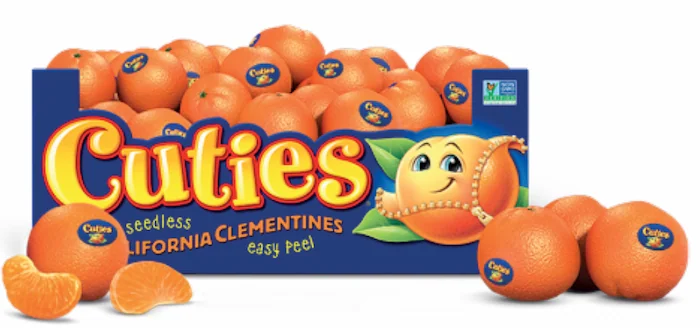
For decades now, instead of growing food for consumption, commodity crops have been cultivated to be sold in international markets forcing the poor to depend on market fluctuations for food. These dynamics have urged the need to identify solutions that will allow to distinguish food, particularly agricultural products, as the indispensable items that they are.
Case(s) in point
A growing share of food commodities are now being marketed as value-added products. Through branding, labelling and a marvelous milieu, raw agricultural foods transform their identity into a culinary and social brand.
Fruit is a category that has well-adjusted to the world of decommoditization. ‘Cuties’ Citruses have their sweet origins in California, where they are family-owned, family-grown, non-GMO verified, easy to peel, seedless and loved across the country. ‘Zespri’ Kiwi is available all over the world from Europe to South-East Asia in its 4 varieties namely Zespri Sungold, Zespri Green, Zespri Bio Sungold and Zespri Bio Green, ‘delivering better flavour, better quality and more vitality in every bite’. ‘One Bananas’, from 100% organic farms in Peru, are high quality and delicious bananas grown in a socially and environmentally responsible manner.
The ‘fruits of the sea’ have not stayed far behind. Produced by the Gillardeau family and their small private company, which was founded in 1898 in western France, Gillardeau oysters are a brand of decommoditized edible oysters that receive the best care throughout their farming improving their degree of ripeness, adding on to their gourmet factor.
Most strides have been made with coffee, the second largest traded commodity in the world. Almost 10 percent of coffee in North America and Europe is now certified according to organic, fair trade, Rainforest Alliance, UTZ Certified or similar standards. Major brands and retailers have made pledges to source sustainable coffee, with many making social investments in developing countries. In 2014, Dunkin Donuts was one of the first fast-food brands to launch its first single-origin, rainforest alliance certified Colombian packaged coffee, a medium-roast coffee with a full-bodied flavor and sweet finish.
Grains and cereals are also adept with the importance of a unique identity. Kamut wheat is a brand of Khorasan wheat whose grain is twice the size of the modern-day wheat and has a rich, nutty flavour. Most likely originating in Mesopotamia, Kamut’s branded Khorasan wheat is grown organically in the Northern Great Plains of North America where the dry climate similar to its origins, ensures the best quality is consistently obtained and the produce is uniquely vitreous with a rich golden colour.

The process certainly doesn’t limit itself to fresh agricultural produce as some visionaries were already applying the principle to derived products for decades. Mutti, the Italian producer of canned tomato products paid its farmers more than competitors, a fixed price no matter how many tomatoes were produced and a premium for better quality. Farmers were asked to harvest five days later than normal, producing a riper, tastier product without adding sweeteners. “No one believed that you could create a brand in tomatoes—a commodity”. Mutti was building its brand through investments in ideas unheard of in long-running family agricultural businesses: emphasizing high-quality raw materials, building close relationships with farmers, and spending on vigorous marketing and advertising. Today, many try to follow suite.
Turning the ‘volume’ down?
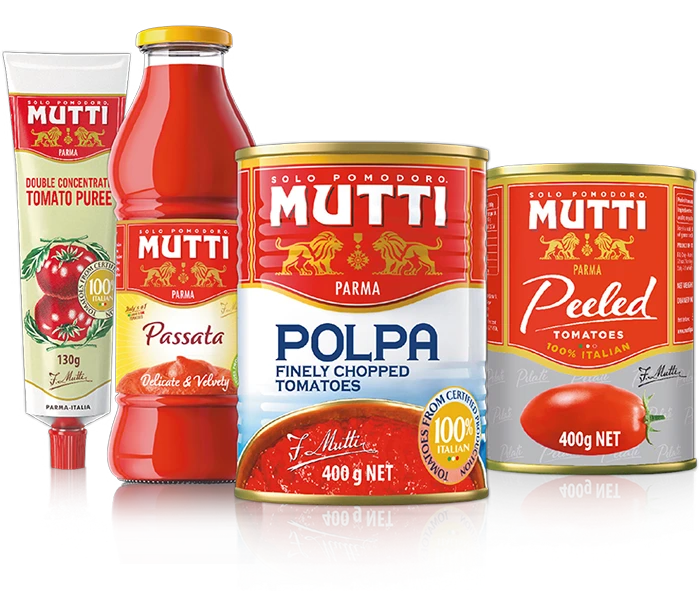
For a vast majority of farmers today, the focus is still pretty much on volume because that is what they get paid for. Then, is the pendulum of agriculture currently heavily stuck on ‘commoditization’ destined to swing back in the not-too-distant future? High-flying Agri- tech Boston start-up, Indigo Ag, predicts that agriculture will embrace systemic changes based on what it sees as the consumer, food processor. Regulatory demands will pay producers on quality, sustainability, and more ‘grown to order’ crops. With escalating consumer consumption standards, the inevitable climate conversation and the growing significance of narratives in purchase decisions, decommoditization seems to be riding a rollercoaster that only goes up!
